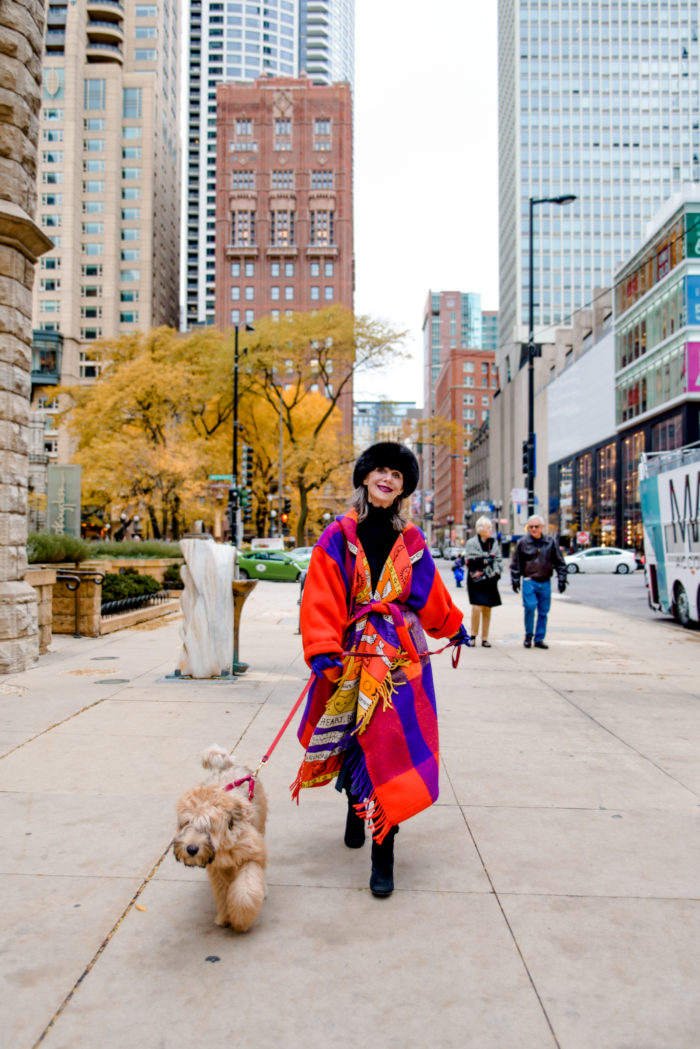
My ultimate concierge casually mentioned, “I am glad to be home.” He didn’t have the slightest idea of the impact the phrase had on me. In actuality, darlings, he was telling me in a broad sense, he felt a warm connection, an attachment, to many people, places and things. I saw in a flash the emotional largeness in his short statement. For without positive attachments, life would be meaningless. The early years are critical for forming these attachments, as they significantly influence a child’s development.
Introduction to Attachment Theory
Attachment theory is a fundamental concept in understanding human relationships and development. It suggests that the bond between a child and their primary caregiver has a lasting impact on the child’s sense of self, development, growth, and future relationships with others. Secure attachment is essential for healthy development, as it provides a sense of safety, security, and emotional support. Insecure attachment styles, on the other hand, can lead to mental health issues, difficulties in forming positive relationships, and challenges in adult relationships. Understanding attachment theory is crucial for promoting healthy attachment and supporting children’s development.
Understanding Attachment Styles
There are four primary attachment styles: secure, avoidant, anxious-preoccupied, and fearful-avoidant. Securely attached children feel safe, valued, and supported, which enables them to develop a positive sense of self and form healthy relationships. Insecure attachment styles, such as avoidant and anxious-preoccupied, can lead to difficulties in emotional regulation, intimacy, and trust. Fearful-avoidant attachment is often associated with trauma and abuse, and can have a profound impact on a child’s development and future relationships. Recognizing and understanding these attachment styles is essential for providing supportive and nurturing environments that promote healthy attachment.
Attached to my Sweet Home Chicago
Last Thursday, my eyes were glued outside the window of our American Airline’s flight as it banked over Lake Michigan toward O’Hare. Suddenly, there she was, my beautiful Chicago.
Chicago and I have something in common. We have MOXIE! I felt a fantastic metamorphosis, a transformation, as my mood swung into full-on joy. The feeling was as if I could wish for nothing more. At home, I felt attached to my roots… twenty-seven years of life in the city of Chicago. Home is where I hang my soul. Home is where I lead a charmed lifestyle because I have positive attachments around me.
Forming strong emotional bonds with people, places, and things can have a positive impact on our overall well-being.
I think a woman at better than fifty should, if they have not, move away from every attachment, large or small, that makes her uncomfortable. Now is her time to wrap her arms around her positive attachments, including people, places, and things.
Over the next few days be mindful of two words: attachment and detachment.
My Attachments
While home I wandered through our apartment because I, like many of you, love my home. From the moment a baby is born, the interactions with their primary caregivers play a crucial role in developing secure attachment. I had been away for two months and was anxious to visit every room. Nonverbal cues, such as eye contact and facial expressions, are essential in fostering these early bonds. As I walked through our home, I noticed that I was attached to everything I laid my eyes on and all my attachments had a story. The first two years of a child’s life are particularly crucial for forming these emotional attachments. My grandmother’s and mother’s treasures. Gifts and cards from my children and grands, memories from my ultimate concierge and our travels. There are gifts my husband and I gave one another and even a place on our carpet where America tinkled; all these things have a story that I cherish.
I know you are asking yourselves, “What if I cannot or do not know how to detach myself from unhealthy attachments?”
My answer is, “You can do both.” Remember, “Where there is a will there is always a way.” This is not a trite statement.
I will share with you some of my stories…
Child Development and Attachment
Child development is deeply intertwined with attachment. A child’s primary caregiver plays a crucial role in shaping their attachment style and future relationships. Secure attachment in early childhood is linked to better social, emotional, and cognitive development in children. As children develop, they learn to regulate their emotions, develop self-awareness, and form positive relationships with others. A nurturing environment, positive interactions, and emotional closeness are essential for promoting healthy attachment and supporting children’s development. By providing a secure and supportive environment, parents and caregivers can help children develop a secure attachment style, which is critical for their well-being and future relationships.
How To Move An Uncomfortable Attachment Theory Into The Positive Lane
I live half of the year in the California desert. I have no affinity for a desert landscape. How have I managed to endure living in the desert for many years? To be honest, it has not been a bed of roses because I love tropical landscapes with Orchids and Palms and the everchanging Sea. And, I adore tropical weather filled with humidity and the smell of salt air.
I decided to enhance our home with live trees, to include Palms. I have Orchids in every room to give me the feeling of the tropics. My tile floors are Sea Green and remind me of not only the Ocean but nature in all forms. I have made our home ‘my tropics.’ You know darlings, most times ‘we can’t have it all’ so we have to be creative and invent! I invented and made the most of my situation. So can you. Put on your thinking cap. You are women better than 50 with tons of knowledge between your ears. Use your resources.
By creating a nurturing environment, we enhance our ability to feel valued and form positive attachments.

How To Detach Yourself From Unproductive Spare Time and Relationships
Any time I am attached to activities or people — outside of the family — that no longer makes my heart sing, I make a shift. The hardest part of letting go of this type of attachment is in the decision-making department. The fear of letting go, the fear of making the wrong choice, and the fear of change is mind-boggling. I have learned that every decision is a win-win. If I am right, I am happy. If I am wrong, I learned.
Understanding our feelings and ensuring we feel secure in our attachments can guide us in making these decisions.
I was involved, attached, to activities that were not giving me pleasure. This is a common occurrence when women become empty nesters or retire. It’s what I call it trial and error time. Detach yourself from everything you are not enjoying and attach yourself to new options that you have been dreaming about trying. THAT TAKES MOXIE!
I cut the cord on activities I was attached to that no longer gave me pleasure. I plugged myself into a brand new hobby, journaling. Suddenly, I felt a positive attachment to writing. I decided to shift away from attachments that were not making me happy and look, darlings, what happened. The result is that I could not be happier. The things I am attached are vast, to include my writing, you, my Honey Bees and Jo-Ann, my book, Stories for my Grandchild, Karrie, who is my editor, my new endeavor of Podcast interviews, and the exciting women I am interviewing.
As far as women or male friends, I have one word: ‘delete’ if the attachment is so uncomfortable and the other person is not flexible. Why be attached to anyone that gives off vibes that make you uncomfortable or unhappy?
Family Attachments and Detachments
Personal family attachments are problematic. I have close friends that are in unhappy marriages. Additionally, I have close friends who have problems with mothers-in-law, adult children, siblings, and cousins. Many family members ‘think’ they can say anything and do anything, and all will be forgiven, and so they do and say unforgivable things. Family dynamics can often lead to attachment issues, especially when there is an insecure attachment style involved. In this arena, I cannot give professional advice but I will provide you with my common sense advice.
- Some things are unforgivable, and you should consider cutting the cord. Detach. 2. To err is human; to forgive divine. If there is hope, stay attached and leave the attachment cord in at all costs. 3. You have tried to stay connected with no success, ‘accept’ the situation and ….LIVE YOUR LIFE! Detach.
Finding Joy
On a scale of 1-10, I love my life to a 10, even with my glitches, because I have trained my mind to accept attachments that I cannot change, delete attachments I have the power to change, and minimize the attachments I am stuck with, like the desert, by turning our home into a Shangri La.
Maintaining secure attachments can significantly enhance our self-worth and overall happiness.
I have MOXIE! My glass is half full, at least that is how I see it, even when it is not. This is because I will not allow myself to miss out on all the positives around me. For me, the choice is easy: I will live my life to the max with all the positive attachments I am plugged into. And you should try and follow my lead. You have nothing to lose…and everything to gain.
What are your positive attachments? Please share your thoughts with me via Twitter, Facebook, Pinterest, Instagram or in the comments section below.
If you enjoyed this story, please subscribe to my email list. Once a day, when I post a new story, you will receive it in your inbox. SUBSCRIBE HERE.
+ show Comments
- Hide Comments
add a comment